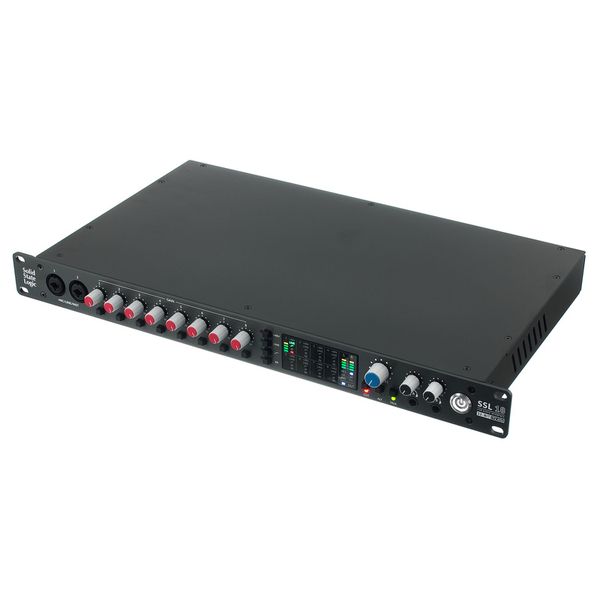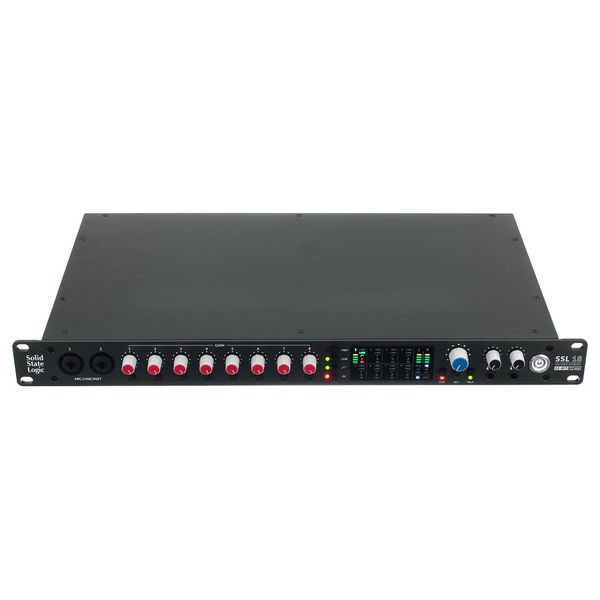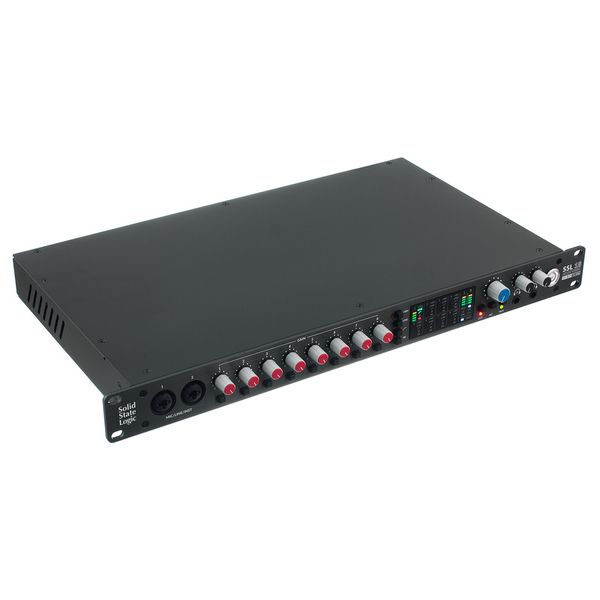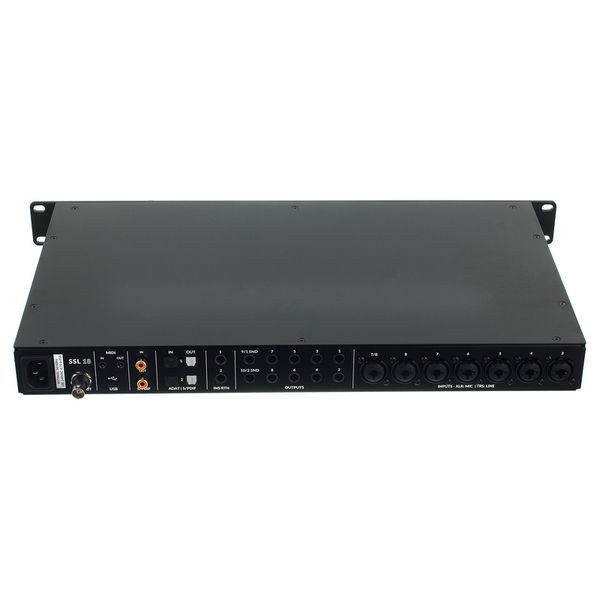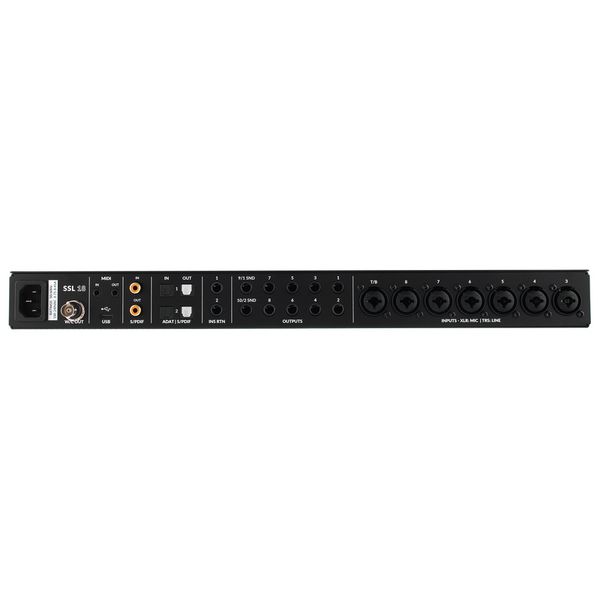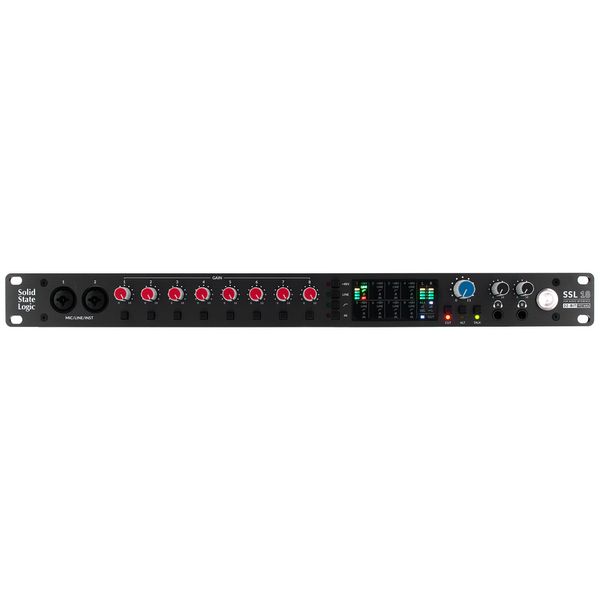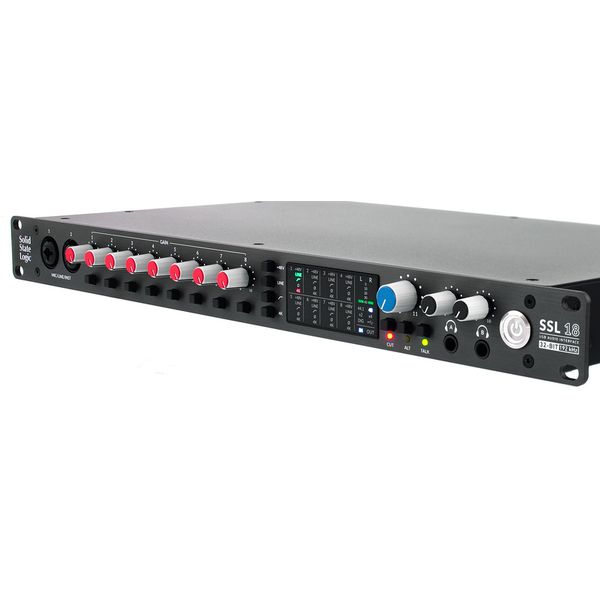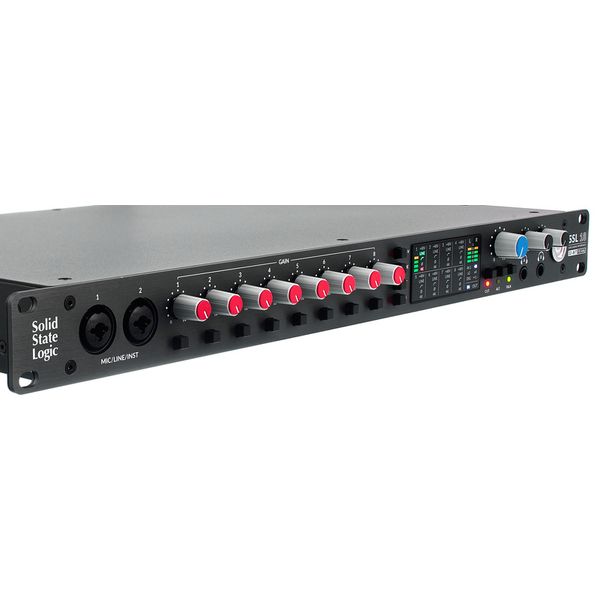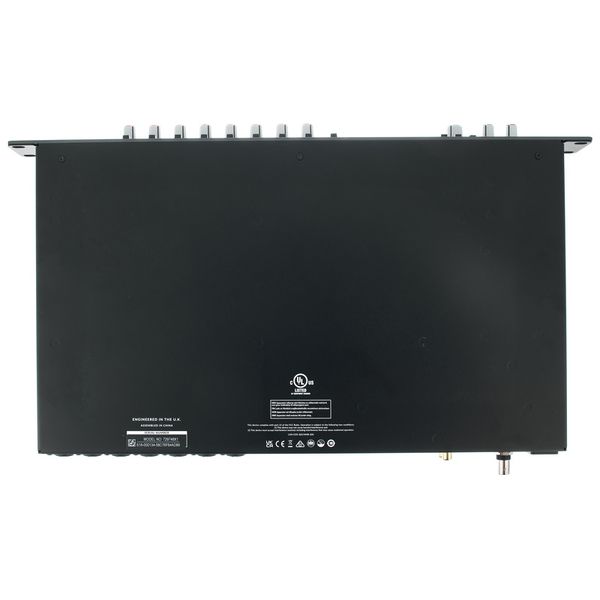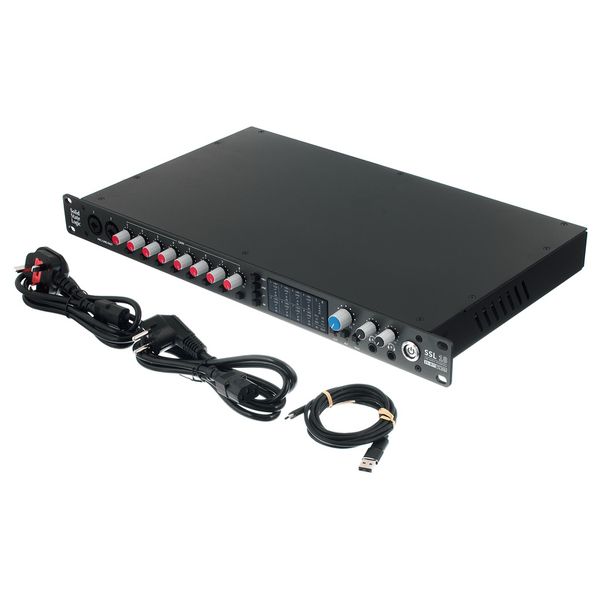I'm writing this review after a month of use. I purchased the SSL 18 to record rehearsals, replacing my twenty-year-old interface.
The difference is literally day and night. With the SSL, each instrument's frequencies are distinct, positioning in the mix is clear, transients are amazing, and the sound is incredibly clean in both playback and recording. At reasonable gain settings, noise is practically nonexistent.
That said, the SSL 18's clarity might be perceived (or actually be) somewhat sterile. I've worked with similarly clean interfaces like the RME ADI2 Pro FS, which offers both clarity and exceptional detail. (Note that I recognize the difficulty in describing sound quality, so please bear with me.)
Another interface I'm experienced with and would like to compare is the Prism Sound Lyra 2. If a Studer tape machine transformed into an interface, it would become the Lyra. This interface has incredible depth, sweet highs, and amazing bass extension. Between the RME and Lyra 2, the SSL 18 leans toward the RME – its sound is brighter and attempts the RME's analytical quality, which unfortunately (I think) it doesn't quite achieve.
To understand the differences between the SSL 18 and Lyra 2, I set up a stereo pair of KM184 microphones to record identical audio material (music and pink noise). Each interface played back and recorded itself through the microphones, which remained in the same position between recordings.
I expected a bigger difference. Listening to the recordings, I could barely tell whether I was hearing the Lyra 2 or SSL 18. The SSL 18 revealed itself only through slightly emphasized highs; otherwise, everything sounded the same. My conclusion is either I'm biased toward the Lyra 2, or the differences don't translate through microphone recordings. Despite similar results, I'm convinced the Lyra 2 has a more musical and sweet sound than the SSL 18 – though perhaps I'm just imagining it? I think not, you judge.
As a device, the SSL 18 seems well-built. All buttons have the right feel, and except for the potentiometers (which I must use since gain can't be controlled digitally), I generally control everything through the 360 application's control panel.
I'm not impressed with the 4K function and Listen Mic Compressor (LMC) – not because they sound bad, but because I was forced to pay for features I don't need. Both are gimmicks that ultimately burden the buyer. The 4K is just a marketing trick (reminiscent of 4K video's higher resolution) and likely has no relation to SSL 4000 consoles (unless they had permanent 3 dB or so high shelf boost). Even if it did, I don't understand why I'd need to print my tracks with enhanced highs – if I want more treble, I can add it in my DAW with any EQ and harmonic distortion I prefer. Today's plugins are excellent; people should abandon the hype around supposed "analog magic." I find nothing magical about 4K, though it sounds better than Focusrite's harsh "Air" feature (which started this unfortunate gimmick war).
The LMC also sounds good (better than expected), but it's for very specific cases. Again, these effects can be done in-the-box today. These plugins are emulations just like this compressor is an analog emulation of the original – you're not getting the authentic "LMC" circuit anyway.
The good thing about the LMC is that it gives you the Talk Back channel which, despite some limitations and reduced specs compared to the other channels, can be used for normal recording, effectively making it a 9-channel device – which is exactly why I bought it, as I needed exactly 9 channels.
While they give you 4K and LMC, they don't provide a Pad, which is a truly useful feature standard in serious preamps. I'd trade the 4K for a Pad function any day. When the line input trim is at maximum (input sensitivity is highest), there's noticeable noise that I wish was lower.
The 32 bit essentially is meaningless and serves more as marketing rather than something practical.
The 360 application is well-designed and relatively intuitive, unlike Prism's and especially RME's, which require a PhD to understand. Unfortunately, the control panel for buffer size settings is a separate application from 360, which is unfortunate – ideally, these would be unified. You can already set the sample rate in 360; why not include the rest?
Firmware updates are extremely easy, and the drivers are completely stable. Regarding application negatives: 360 always starts on the home page, forcing you to click on the console field every time, which becomes tiresome. The buffer size control seems to have a bug when the size is at maximum (an impressive 8192!) – first time I've seen a driver allow such a large size. I hope these issues will be resolved in future updates.
It's worth noting that the device lacks a Word Clock In, which exists in the Alpha 8. I hope SSL releases an expansion like the Alpha 8 but with SSL 18 preamps, because if someone wants 16 channels and buys the SSL 18 as an expansion, they won't be able to synchronize the devices properly. They'll have to rely on clock integration through digital audio via either ADAT or S/PDIF, which isn't ideal as it creates subtle jitter.
I'd be interested in such 8-channel expansion unit from SSL (I know about the PureDriveOcto, but that's not what I mean) as long as it has Word Clock in.
If this device is released, I might consider it, but this time I won't rush like I did with the SSL 18, which I paid about 60 euros more for than its current price.
Is not about the money, its because I can't help feeling cheated – either Thomann or SSL doesn't support early adopters.
That's bad.


